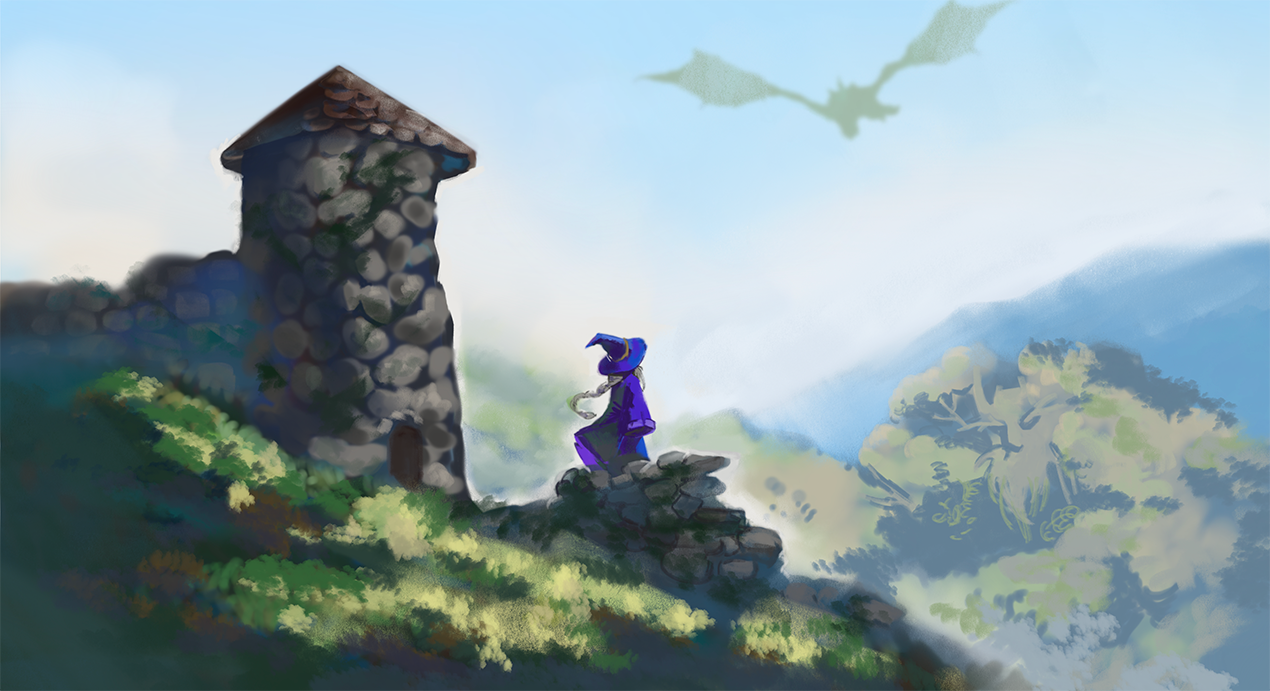Post Mortem
Game Project Post Mortem: Balancing Group Participation and Management Amidst Communication Challenges
Introduction:
The purpose of this post-mortem is to reflect upon the challenges and lessons learned from our game project, which was unfortunately characterized by persistent communication issues and a highly dysfunctional team dynamic. While the final product did not meet our initial expectations, this analysis aims to shed light on the factors that contributed to our difficulties and offer insights for future projects.
Communication Challenges:
Communication: From the project’s inception, issues relating to communication was evident and despite repeated attempts to foster meaningful discussion and participation amongst the team, communication was sparse and lacking. This led to confusion, missed deadlines and duplicated or non-efforts.
Inadequate Regular Meetings: Regular team meetings were not scheduled or adhered to consistently. This resulted in team members working in silos, unaware of the progress or roadblocks faced by their peers. The lack of transparency hindered effective collaboration.
Poor Documentation: Documentation of decisions, changes, and milestones was neglected. This meant that when disagreements arose, there was no reference point to resolve them. As a result, valuable time was wasted revisiting the same issues, or issues were neglected completely.
Encouraging Group Participation:
Inclusive Decision-Making: Input was consistently sought from team members in decision-making processes. This inclusion, when successful, generated a sense of ownership and commitment among participants.
Creative Collaboration: Regular brainstorming sessions were attempted to foster innovative ideas. These forums for group participation often yielded unique concepts that enriched the project.
Diverse Skill Utilization: Opportunities were provided for team members to contribute based on their strengths and expertise. This not only elevated the quality of work but also empowered individuals to take ownership of their contributions.
Striking a Balance:
Realistic Time Commitments: While group participation was valued, the project's timeline required careful allocation of time. Ensuring participation did not lead to overburdened team members was a challenge which was ultimately unsuccessful.
Leadership Alignment: The encouragement of group participation was most successful when leadership supported and implemented the ideas generated by the team. Divergence between leadership decisions and team proposals caused confusion.
Feedback Loop: An attempt to establishing a continuous feedback loop was repeatedly made to ensure that contributions were acknowledged and integrated in the hopes it would enhance team morale and validate the efforts of individual members.
Lessons Learned:
Clear Communication: While opportunities for participation were present, enhancing communication systems is crucial. Timely and comprehensive information sharing prevents gaps in understanding.
Flexible Meeting Times: Consideration for the availability of all team members during meetings is essential. This inclusivity minimizes the risk of excluding valuable perspectives.
Precise Expectations: Clearly define project goals and individual roles from the outset. Clarity eliminates ambiguity and aligns efforts towards a unified vision.
Empowerment through Participation: Continue to encourage group participation and value diverse contributions. This empowerment motivates team members to invest in the project's success.
Balancing Time Commitments: Prioritize tasks to ensure an equitable distribution of workload while promoting participation. This equilibrium prevents burnout and maintains engagement.
Conclusion:
Our game project’s journey highlighted the intricate dance between fostering group participation and maintaining effective leadership. Despite communication obstacles, the willingness to encourage team involvement bore fruit in the form of creative collaboration and diverse contributions. By drawing from these experiences, we can approach future projects with a refined perspective, aiming to strike a harmonious balance between participation, leadership, and effective communication.
